One grew up in a strictly religious household in Banffshire and studied for the priesthood in Aberdeen; the other was born in New Deer and travelled to South Africa to cover the Boer War and learn the art of camouflage.
Yet while James Gordon Bennett and Bertie Charles Forbes were cut from very different cloth, they both ended up in the United States with the smell of ink in their nostrils.
And, even as the Press and Journal was bringing the news to residents across the north of Scotland, this duo became famous as publishing trailblazers across the Atlantic.
They made their own headlines
Bennett Snr wasn’t just a controversial character who created a massive family dynasty of the sort featured in Orson Welles’ cinematic masterpiece Citizen Kane, but a polarising founder of the New York Herald, whose son later organised one of the most famous meetings in global history – between David Livingstone and Henry Stanley.
Forbes, meanwhile, took down – in meticulous shorthand – the minister’s sermon on a Sunday at the Auld Kirk in New Deer and read it to his grandfather when he returned home. And he eventually launched the business magazine which still bears his name.
The contrasts between the couple could hardly have been more glaring. Indeed, Bennett’s name became synonymous with lurid kiss-and-tell pieces and scandal-laden exclusives which both shocked the American public – and attracted massive interest.
Nowadays, when somebody blurts out the words “Gordon Bennett”, it’s usually in a similar vein to Richard Wilson saying “I don’t believe it” in One Foot in the Grave.
He knew what many readers wanted
He had become increasingly frustrated with what he regarded as the tedious nature and prissy language of much of the coverage in the old American journals.
So he decided he would change the landscape even if it meant defying convention and occasionally straying into fake news long before the term had even been coined.
In 1835, Bennett unveiled the New York Herald and didn’t hang around in his mission of stirring up outrage. Within its first year, it stunned and captivated readers with extensive coverage of the grisly murder of a prostitute called Helen Jewett.
It was a dreadful crime, but Bennett secured exclusive details from contacts and subsequently conducted a newspaper interview with a senior police officer.
Almost nothing was off limits
In 1839, he was granted the first-ever interview with a sitting President of the United States, the eighth occupant, Martin Van Buren, and his rapid business ascent continued to raise his profile and the eyebrows of his myriad enemies at one and the same time.
And yet, by the the stage that Bennett passed control of the paper over to his son James Gordon Bennett Jr in 1866, it had the highest circulation of any newspaper in the US, which ensured its founder was graced with lavish obituaries when he died in 1872.
Forbes, for his part, actually began his career as a reporter with the Aberdeen Journal in 1897, where he covered everything from court cases to farm sales, before moving to Johannesburg where he worked on the Rand Daily Mail under its editor, Edgar Wallace, who later earned fame as a crime author and scriptwriter for the movie King Kong.
And the peripatetic Scot, one of 10 children reared by his parents Agnes and Robert, emigrated to New York in 1904 where he was employed as a financial editor at the Journal of Commerce as the prelude to joining the Hearst chain of newspapers.
He had boundless amounts of energy
However, this restless individual has no wish to simply serve the whims of other people. On the contrary, he poured himself into the development of Forbes magazine in 1917 and remained its editor-in-chief until his death in 1954.
It was a groundbreaking publication, one which injected slivers of humanity into business figures who had previously been regarded as aloof and forbidding.
And Forbes never lost his connection with the places where he grew up.
While living Stateside, he returned to Buchan every two years, stayed in the Cruden Bay Hotel and chose to “entertain the people of Whitehill and New Deer to a picnic.”
Then, following his death, there was further proof of how the north east was where his heart truly belonged, as related by Sandy Ritchie, who wrote his first book last year at the age of 93, and recalled how he had been involved in a special ceremony.
Scotland meant an awful lot to him
Sandy said: “When Bertie died, he was buried in New York. But in 1988, his son, Malcolm, arranged for his coffin to be disinterred and taken home to Scotland.
“And I myself had the great honour of acting as undertaker when Bertie’s remains were re-interred beside his grandfather, James Moir, in the Auld Kirkyard at New Deer.”
They were back together again.
Bennett’s son of the same name carried on the task of countering rival newspapers with a variety of strategies, some ingenious, others straight from a rogue’s almanac.
In fairness, he faced spiralling threats from Horace Greeley’s New York Tribune and, in future decades, from Joseph Pulitzer’s New York World, William Randolph Hearst’s New York Journal, and Henry Jarvis Raymond’s New York Times.
But he was still as proud of his scoops as any of the best ice-cream shops in the Big Apple – and the hunt for Livingstone saga was a story for the ages.
North-east historian Duncan Harley has documented how the Bennetts were prepared to go the extra mile to chase their goal and didn’t care what anybody else thought.
He said: “[Gordon Snr] was described by a rival press baron as an ‘obscene foreign vagabond, a pestilential scoundrel, an ass, a rogue, a habitual liar, a loathsome and leprous slanderer and a libeller’.
It was water off a duck’s back
“Yet he was also a shrewd newspaperman who sent out fast boats to meet the European ships before they made landfall in order to be first with the transatlantic news.
“His son carried on the running of the family empire and despite his flamboyant and eccentric behaviour which often scandalised the high society of his day, he continued to pursue sensational news stories.
“In 1869 for example, he funded Henry Morton Stanley’s successful expedition into deepest Africa in order to locate the Blantyre-born missionary David Livingstone.
“Stanley’s mission was successful, giving the Herald an exclusive account of Livingstone’s various achievements (and the utterance of the words which have been preserved for posterity ‘Dr Livingstone, I presume?’).
These people made a difference
The Bennetts and Bertie Forbes were the type of redoubtable granite men who marched out into the world and didn’t give a hoot about upsetting anyone else on their journey.
And, whatever modern sensitivities might make of their methods, their legacy lives on.
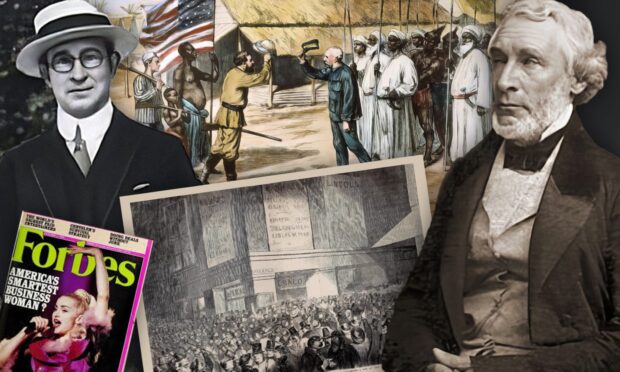
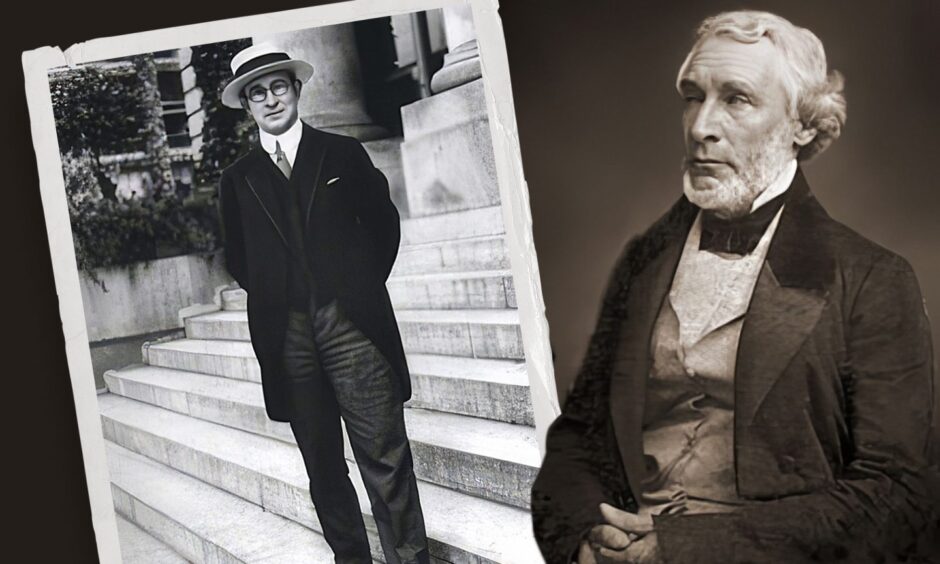
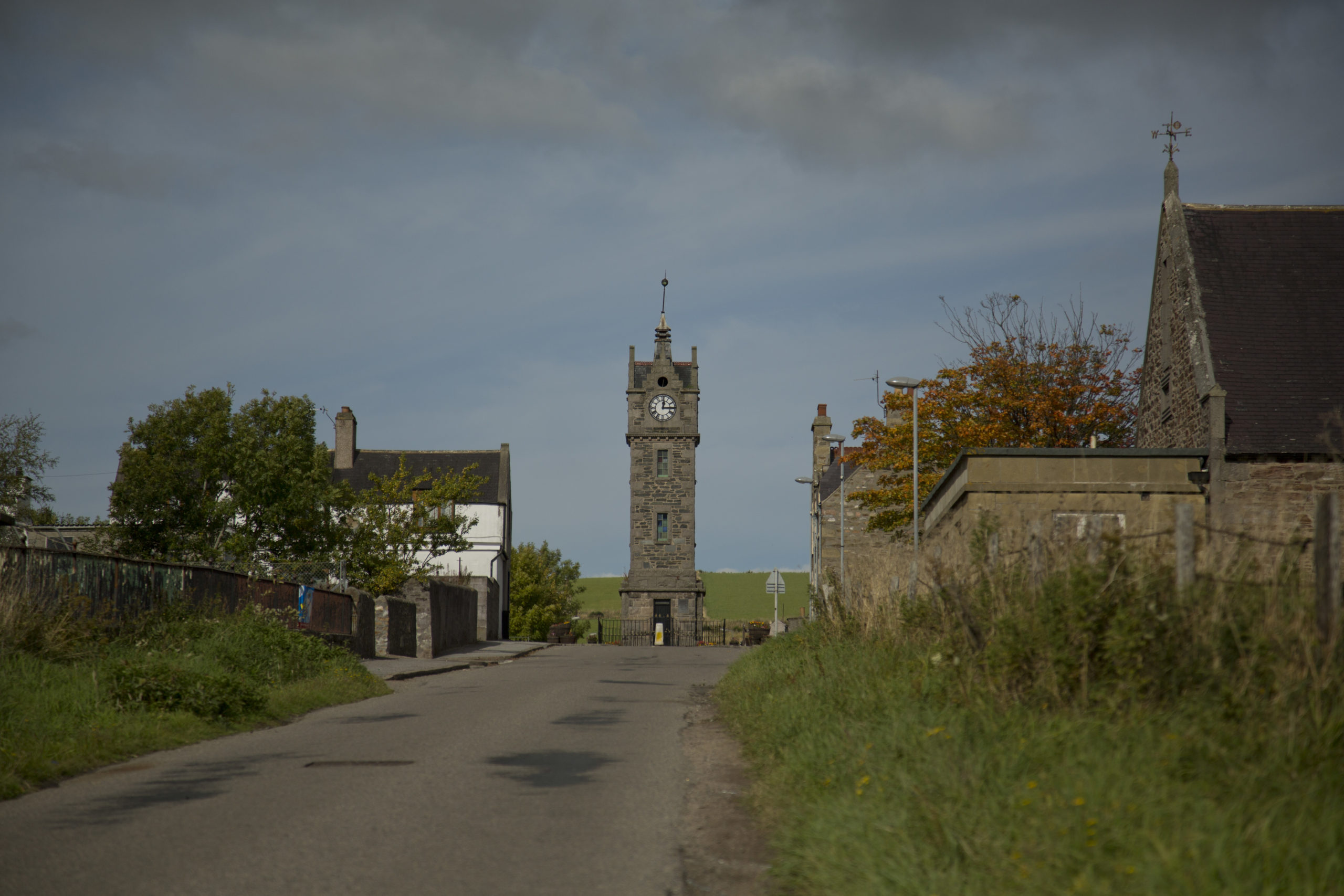
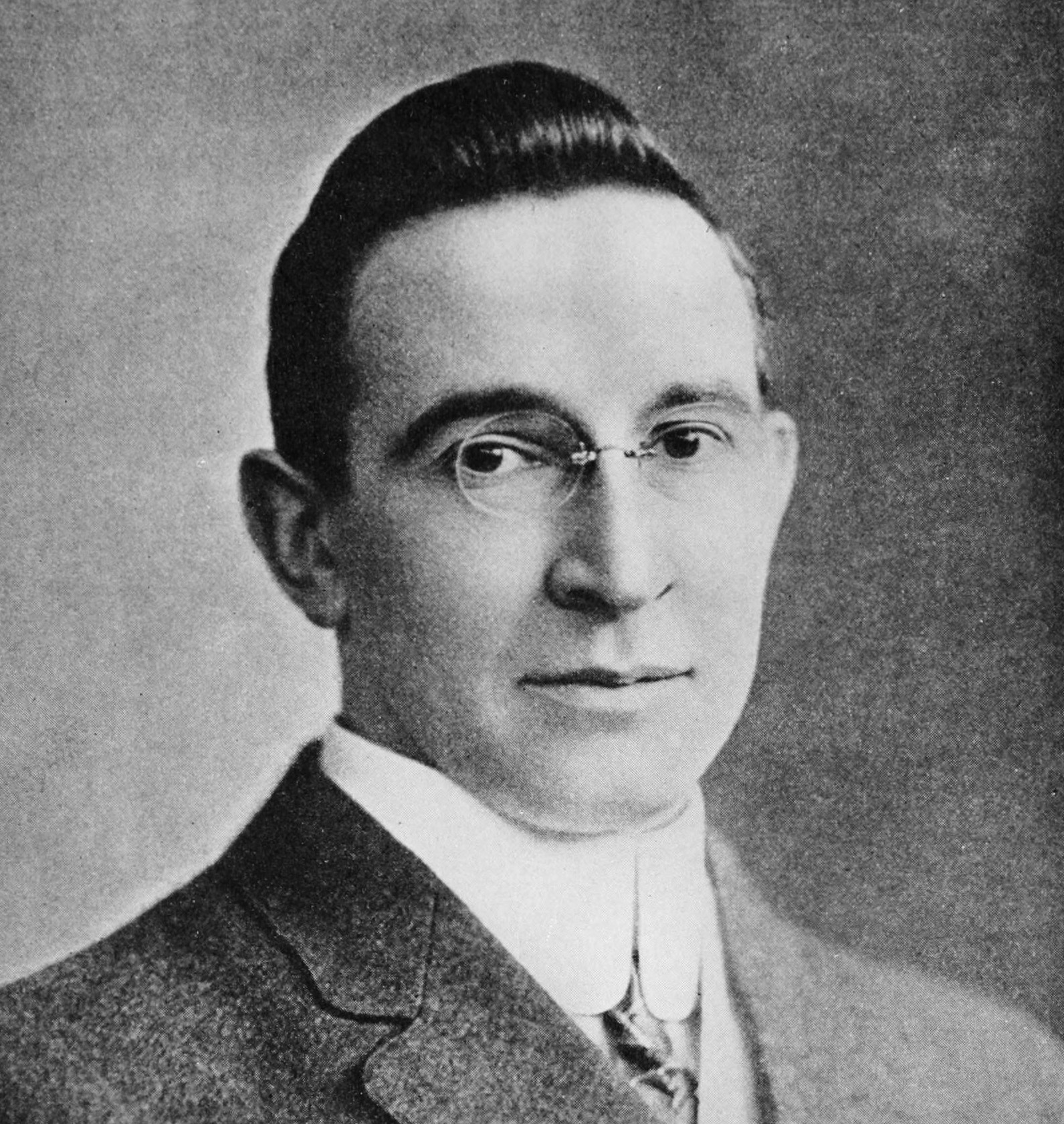
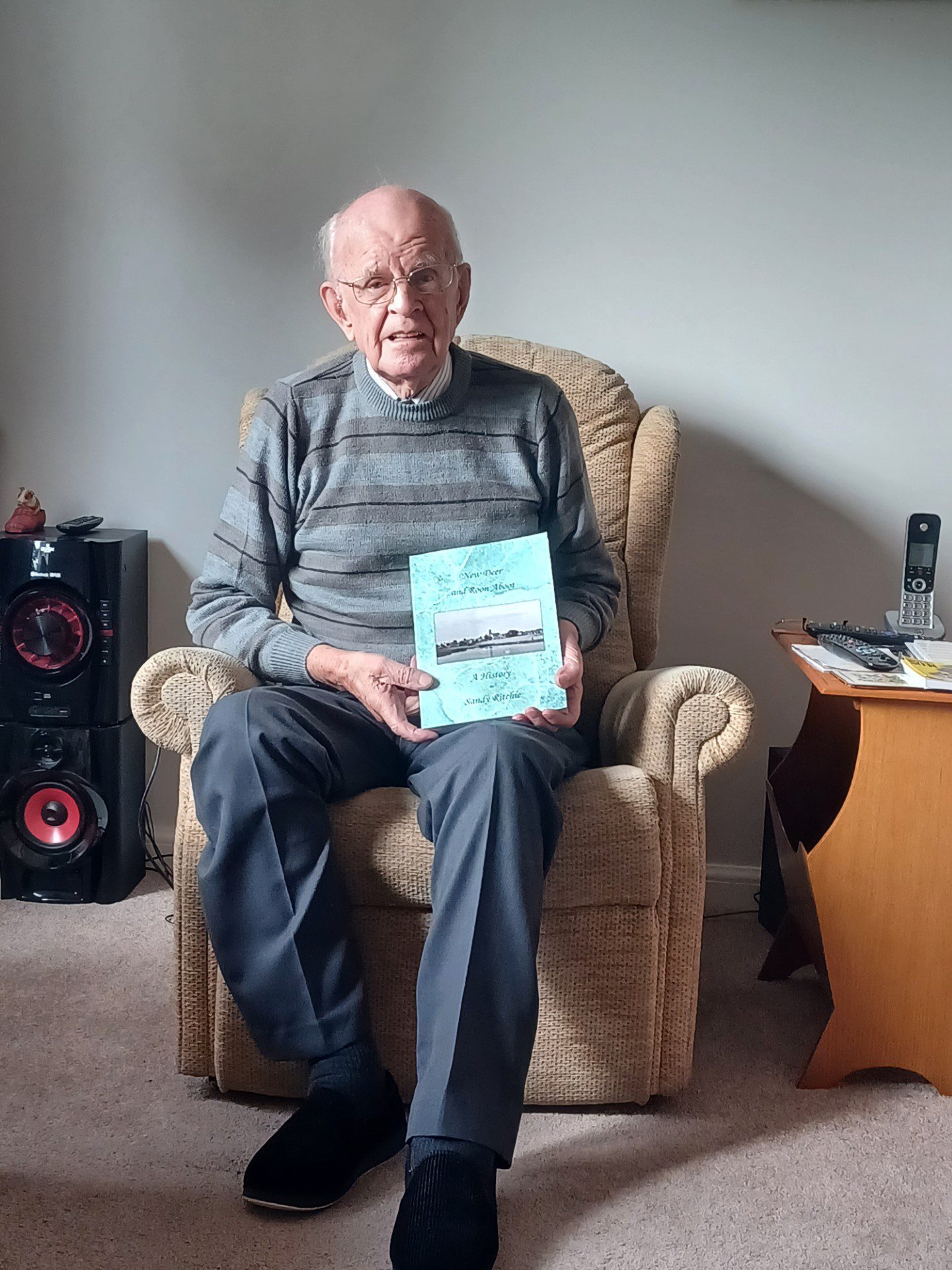
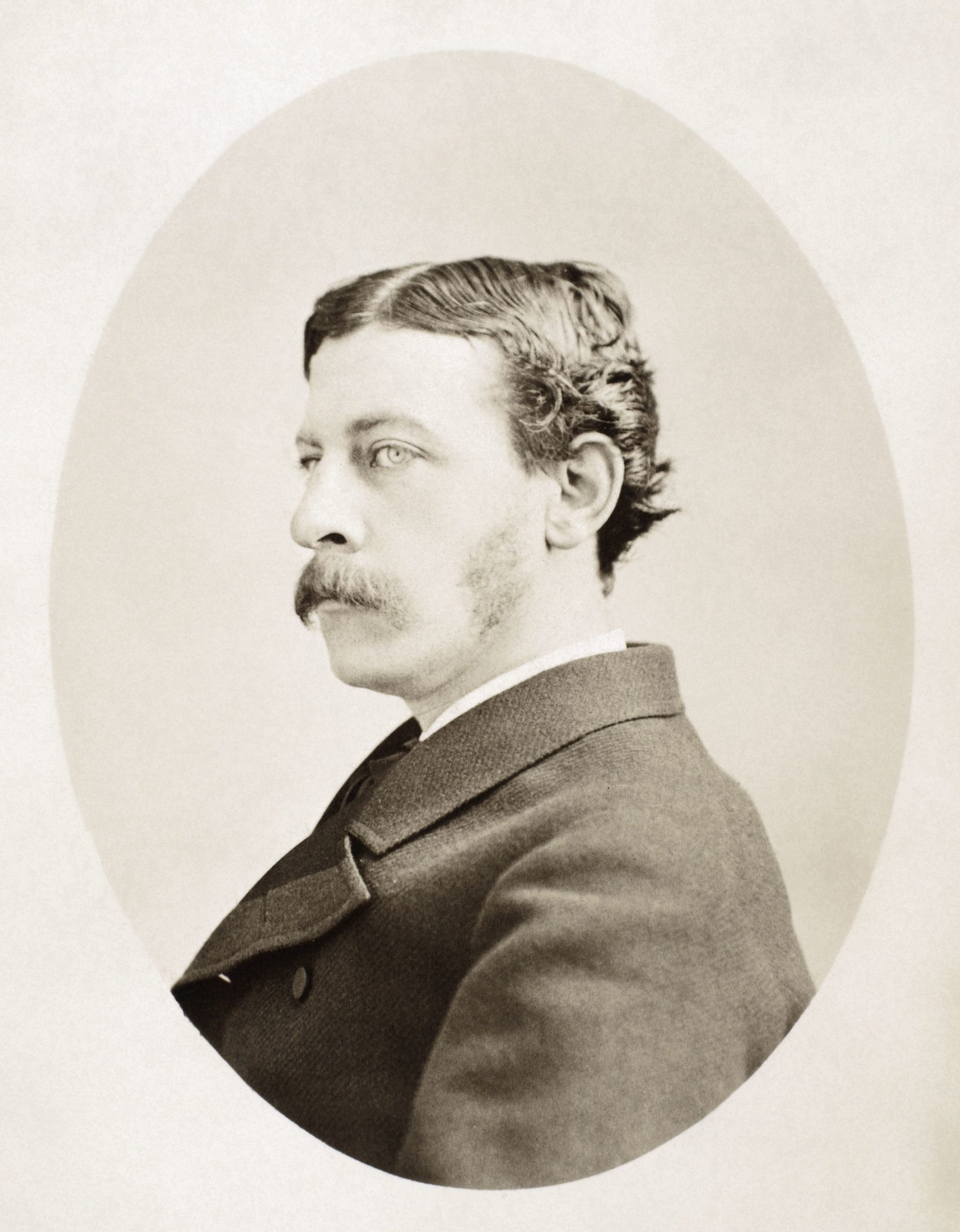
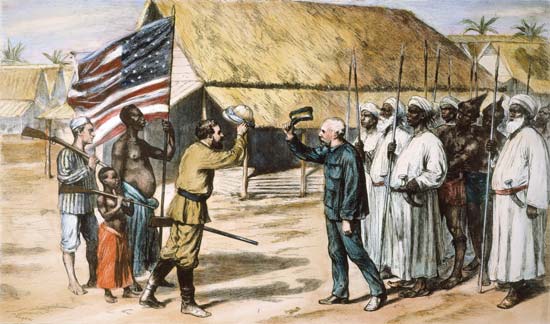

Conversation